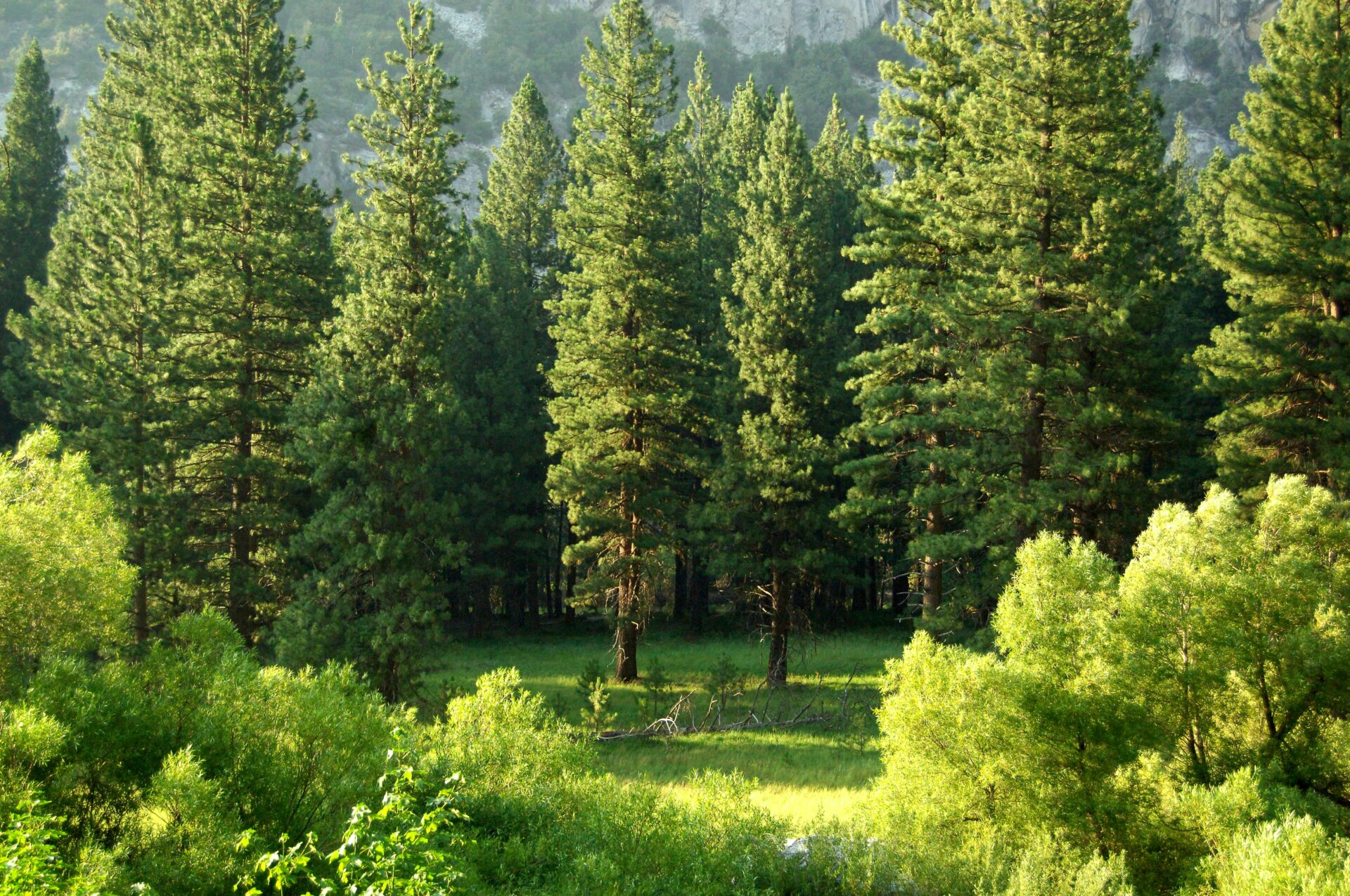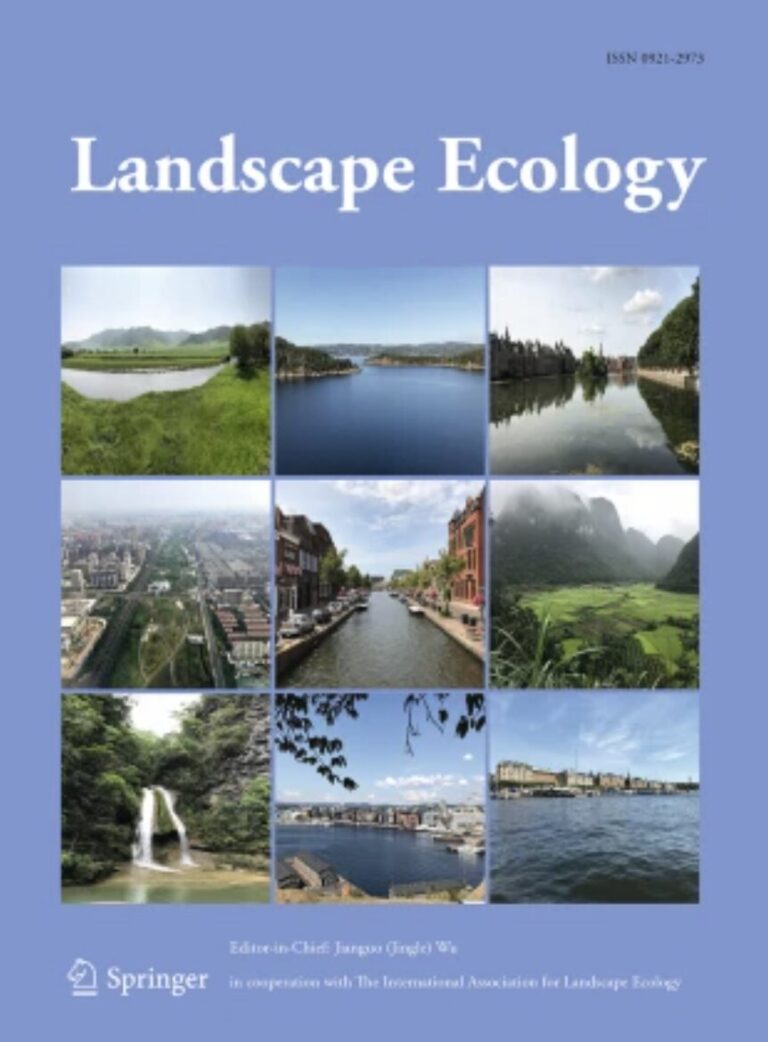Context Many tree species will shift their distribution as the climate continues to change. To assess species’ range changes, modeling efforts often rely on climatic predictors, sometimes incorporating biotic interactions (e.g. competition or facilitation), but without integrating topographic complexity or the dynamics of disturbance and forest succession.
Objectives We investigated the role of ‘safe islands’ of establishment (‘‘microrefugia’’) in conjunction with disturbance and succession, on mediating range shifts.
Methods We simulated eight tree species and multiple disturbances across an artificial landscape designed to highlight variation in topographic complexity. Specifically,we simulated spatially explicit successional changes for a 100-year period of climate warming under different scenarios of disturbance and climate microrefugia.
Results Disturbance regimes play a major role in mediating species range changes. The effects of disturbance range from expediting range contractions for some species to facilitating colonization of new ranges for others. Microrefugia generally had a significant but smaller effect on range changes. The existence of microrefugia could enhance range persistence but implies increased environmental heterogeneity, thereby hampering migration under some disturbance regimes and for species with low dispersal capabilities. Species that gained suitable habitat due to climate change largely depended on the interaction between species life history traits, environmental heterogeneity and disturbance regimes to expand their ranges.
Conclusions Disturbance and microrefugia play a key role in determining forest range shifts during climate change. The study highlights the urgent need of including non-deterministic successional pathways into climate change projections of species distributions.


